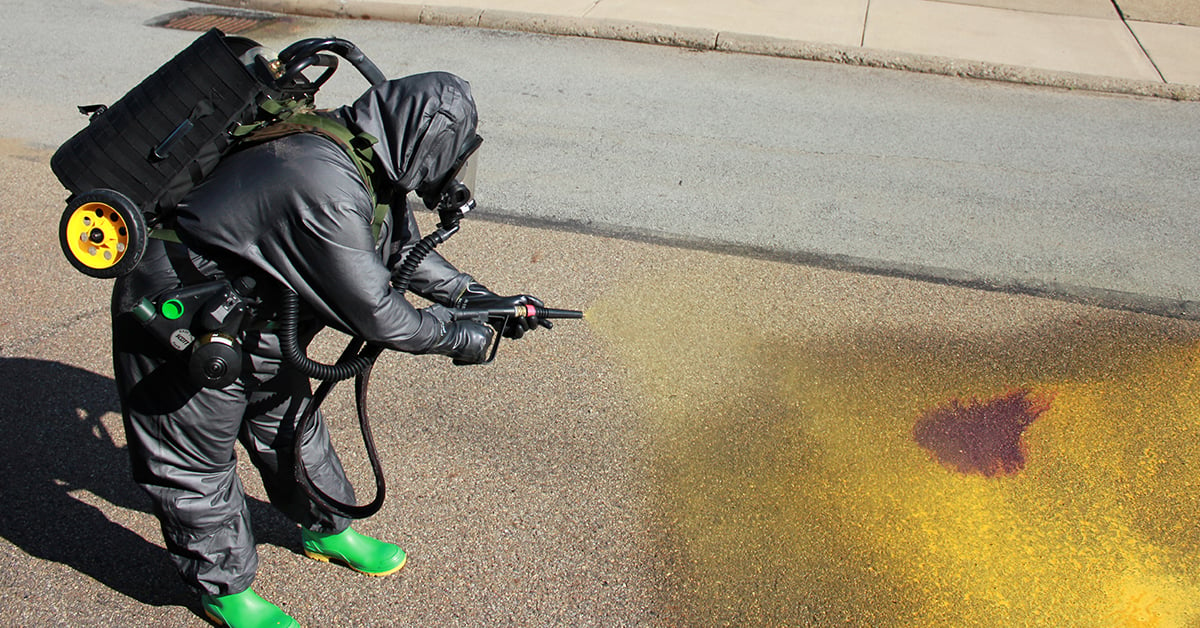Enzyme Synthesis for Chemical Agent Point Detectors

The capability to effectively incorporate enzymes within polyurethane foams is an integral part of the advanced technology research done at FLIR. We have effectively extended this platform technology to multiple enzyme systems with a diverse range of clinical applications. Numerous benefits such as improved stability, reusability, and environmental resistance are incurred when enzymes are effectively co-polymerized within polyurethane polymers.
FLIR possesses proprietary technology in the synthesis and application of enzymes and other protein-containing polymers. Most notably, this technology is used in our chemical agent point detectors. This work began in 1999 under the direction of two of the nation's leading experts on enzyme-polymer materials – Dr. Keith LeJeune and Dr. Alan Russel. Our expertise includes applied enzymology, formulation development and enzyme-polymer synthesis (foams, gels and pads, from urethanes and acrylates).
Enzymes are natural complex proteins produced by living organisms. They act as biological catalysts to speed up chemical reactions, without being destroyed in the process. There are thousands of known enzymes, each performing one specific job. Many chemicals’ toxicity can be traced to their ability to inhibit enzymes, which make them a good technology platform for field-based chemical threat detection. Enzyme-based detection devices are highly specific and extremely sensitive. They detect chemical agents using a cumulative exposure model, just as the human body does. They are sensitive to levels below what can affect the human body and, due to their selectivity, have very low false alarm rates. They have the ability to detect trace-level contamination where long-term exposure would cause harm to humans or loss of human life.


